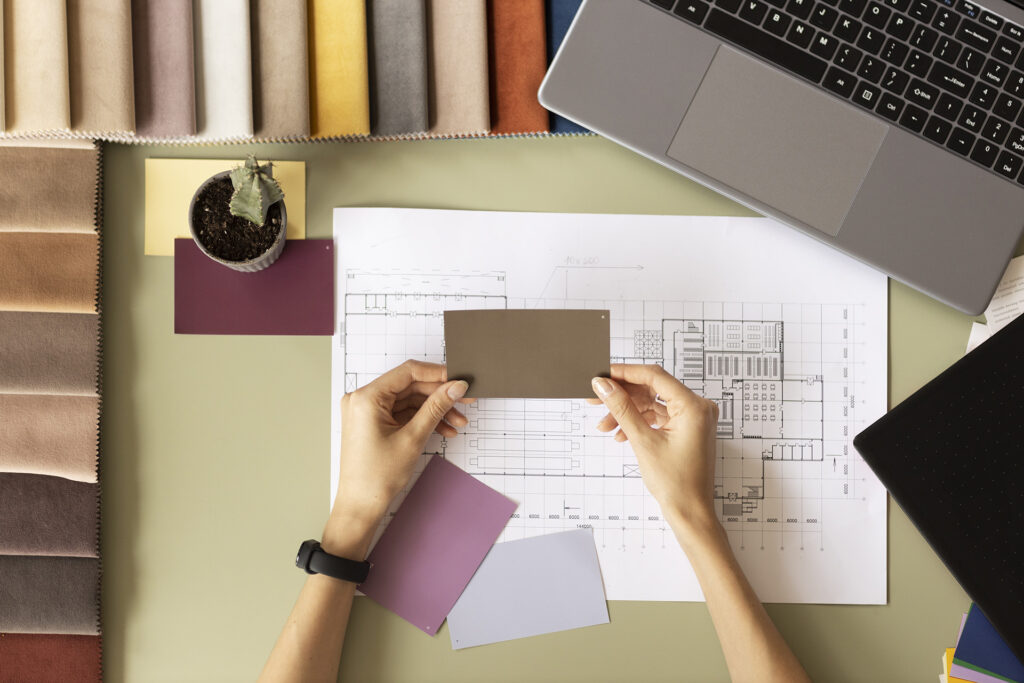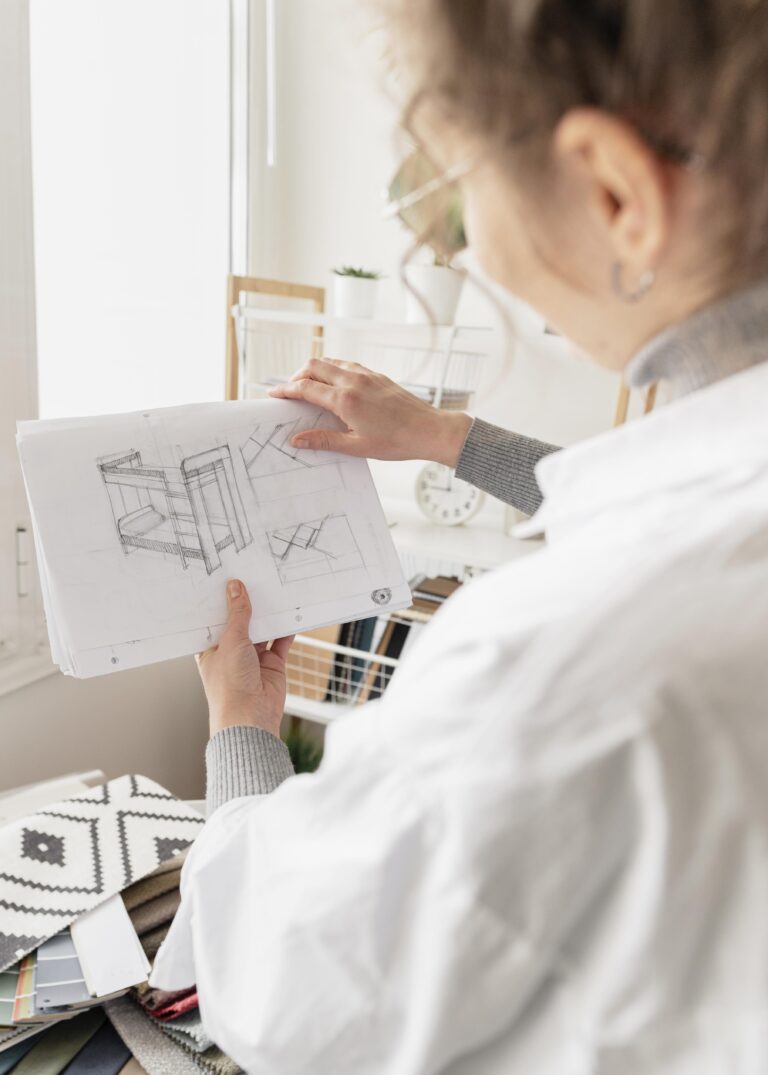
The Role of Product Design in Architecture
Product design plays a crucial role in architecture, bridging the gap between aesthetics, functionality, and user experience. In the field of architecture, product design is not just about creating standalone objects; it involves integrating functional elements into the built environment in a way that enhances both the visual appeal and the usability of spaces.
The Intersection of Design and Functionality
In architecture, product design helps create objects that serve both practical and visual purposes. Furniture, lighting, fixtures, and various other elements must not only align with the overall design language of a building but also cater to the needs of the users. For example, a chair in a public space must not only be comfortable but also complement the surrounding architecture in terms of material, color, and style.
Product design in architecture takes into account materials, ergonomics, sustainability, and technology. Architects work closely with product designers to ensure that every element—whether large or small—fits seamlessly into the architectural vision. This collaboration often leads to innovative products that contribute to the functionality and aesthetic coherence of a space.
Enhancing User Experience through Design
Effective product design in architecture focuses on enhancing the user experience. It goes beyond visual appeal to ensure that spaces are intuitive, comfortable, and efficient. For instance, the design of lighting fixtures or seating areas in a commercial building must not only provide adequate functionality but also create a pleasant atmosphere for visitors.
The integration of smart technologies and sustainable materials in product design further improves the functionality of architectural spaces. Smart lighting, climate control systems, and modular furniture allow spaces to adapt to changing needs, promoting efficiency and reducing environmental impact.
Sustainability and Product Design in Architecture
Sustainability has become a major focus in architectural product design. The choice of materials, the manufacturing process, and the lifecycle of products are crucial in creating eco-friendly architectural environments. Architects and designers are increasingly opting for products that are made from recycled materials, are energy-efficient, and can be easily recycled at the end of their lifespan.
By incorporating sustainable design principles, architects can create buildings that are not only aesthetically pleasing but also environmentally responsible. This approach minimizes the ecological footprint of construction projects, making product design in architecture an integral part of sustainable building practices.
Conclusion
Product design is a vital component of modern architecture, influencing both the form and function of built spaces. It ensures that architectural designs are not only visually striking but also practical and user-friendly. Through thoughtful collaboration between architects and product designers, spaces can be transformed into environments that are both beautiful and functional, enhancing the quality of life for those who inhabit them. Sustainable product design further strengthens the role of architecture in creating responsible and forward-thinking living and working spaces.


No comments yet.